Bloodhound Diary: Forewarned is forearmed
- Published
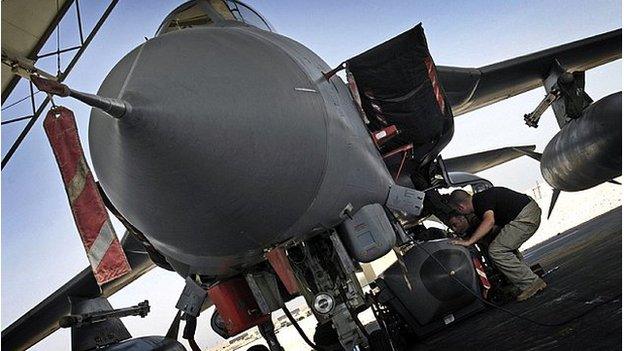
The RAPTOR pod being fitted: A really big camera
A British team is developing a car that will be capable of reaching 1,000mph (1,610km/h). Powered by a rocket bolted to a Eurofighter-Typhoon jet engine, the vehicle will first mount an assault on the world land speed record (763mph; 1,228km/h). Bloodhound, external should start running on Hakskeen Pan in Northern Cape, South Africa, in 2017.
"Time spent in reconnaissance is seldom wasted".
This famous military quote may well be over 2,000 years old, but it's still true today.
This doesn't just apply to life in the military, either: whatever you do in life, it's generally easier if you have an idea of what's happening in the world around you.
As a Royal Air Force fighter pilot, I've watched the most extraordinary reconnaissance technology being used all over the world.
To give a simple example, the venerable Tornado GR4 carries the huge RAPTOR pod (Reconnaissance Airborne Pod TORnado). The camera inside RAPTOR has a focal length (which is the effective length of the optical sensor) of 110in - about 2.8.
The Tornado can sit over the Isle of Wight, off the south coast of England, and take pictures of the clock face on the Palace of Westminster (also known as "Big Ben").
It can actually read the time from 75 miles away.
Hi-tech reconnaissance is also hugely useful for Land Speed Record teams like Bloodhound, as we also need to be able to "see" a long way.

Hakskeen Pan - a really big water ski lake
Our first challenge was to find the best surface for setting the world's first 1,000mph record.
This was achieved thanks to Swansea University, which conducted a global desert search, external to find all the possible venues around the world that might be suitable (our thanks go to Prof Adrian Luckman for this unique achievement).
The end result was our choice of Hakskeen Pan in South Africa, external, the ideal surface for the world's fastest car.
Our reconnaissance task is not done, though.
We're planning to run a car at speeds of up to 1,000mph, on a dry lakebed 5,500 miles away.
We need to understand the local weather patterns, including when the surface floods, where it floods first, how we can get on and off if the rains arrive unexpectedly, and so on. Once again, satellite technology has come to our aid.
Our satellite of choice is operated by Surrey Satellite Technology Ltd, based on the edge of Guildford in the UK.
I've just been to visit them, to see what they do and to thank them for their help with Project Bloodhound.
The visit was a real eye-opener, as their capabilities are just amazing.
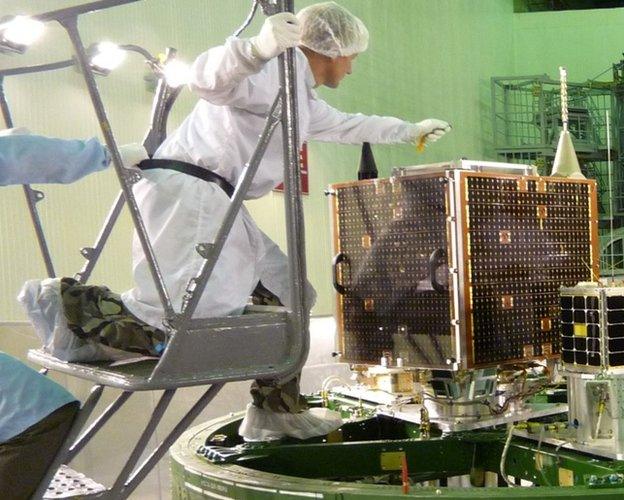
The DMC2 satellite being prepared for launch in 2009
SSTL operates 19 different satellites. One of their latest additions is an experimental vehicle, based on a high-powered telescope that they bought online (yes, really) and matched up to a high-definition video camera.
I love this approach, as it's much the same as the one taken by Bloodhound - build technology when you have to, but buy it "off the shelf" if you can.
This satellite can take pictures of a one-metre object from orbit… 650km up! And I thought that reading Big Ben from the English Channel was impressive.
There are some unique problems involved in "seeing" things that far away.
In order to point the sensors very accurately, the satellite contains a high-speed spinning wheel to manoeuvre it.
This wheels spins at 5000RPM and is built to run for over seven years.
That's 12 billion revolutions, the equivalent of running your car at 50mph for 14 million miles - without any servicing.
The wheel also runs incredibly smoothly: with the telescope pointing at something 650km away, even the micro-vibrations of a circuit board heating up can upset the aim.
The other challenge is getting the pictures down to Earth.
The transmitter aerial is the size of a house brick and can send data to a receiver dish over 650km below… at 80 Megabits per second (that's about 30 times faster than your home broadband can upload data).
This all has to work first time, as there is no test-and-adjust once you're in orbit.
By comparison, Bloodhound almost has it easy, as we can test our video and data comms as often as we need.
If you didn't see our car/aircraft 600+ mph comms test last year, have a look at the video here, external.
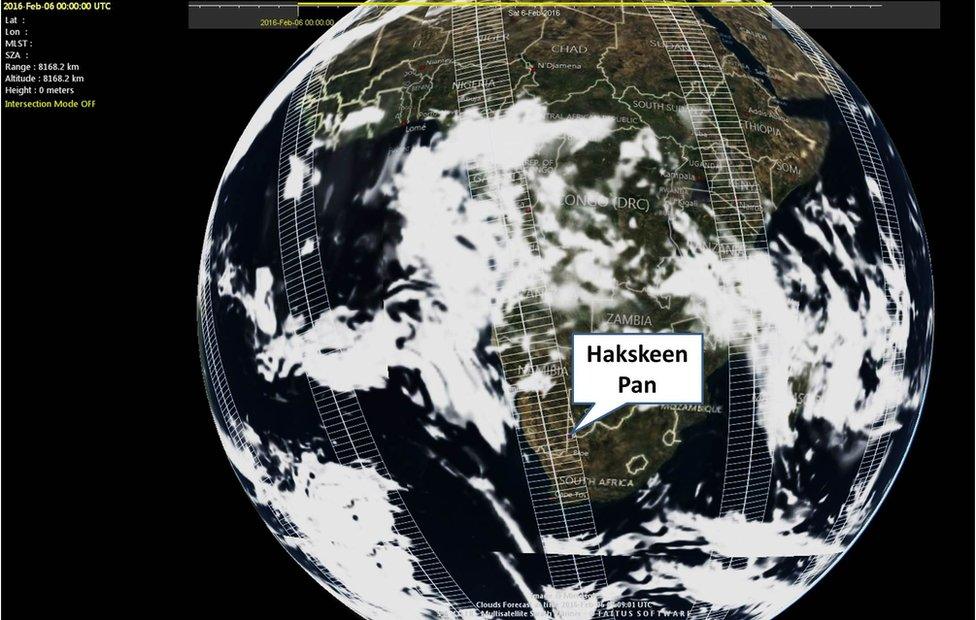
Round the world every 90 minutes
The technology that supports Bloodhound is the group of five satellites forming the "Disaster Monitoring Constellation" (DMC), which does a lot more than just monitoring disasters.
For instance, the whole of the US is photographed every 15 days, to help the US Dept of Agriculture to manage food production in the US.
If you thought that Nasa would supply that kind of technology to the US Government then you'd be wrong, as it's being done from Guildford, by DMC imaging international (DMCii).
The DMC satellites orbit the Earth once every 90 minutes, giving coverage of the whole Earth every single day. "Our" satellite is DMC2, which passes over Hakskeen Pan once every three days.
Allowing for weather, daylight, etc., this gives us several chances each month to photograph Bloodhound's desert track.
At this time of year, with the rainy season bringing heavy downpours and the summer temperatures drying the surface rapidly, this frequent revisit is just what we need to watch the flooding and drying patterns.
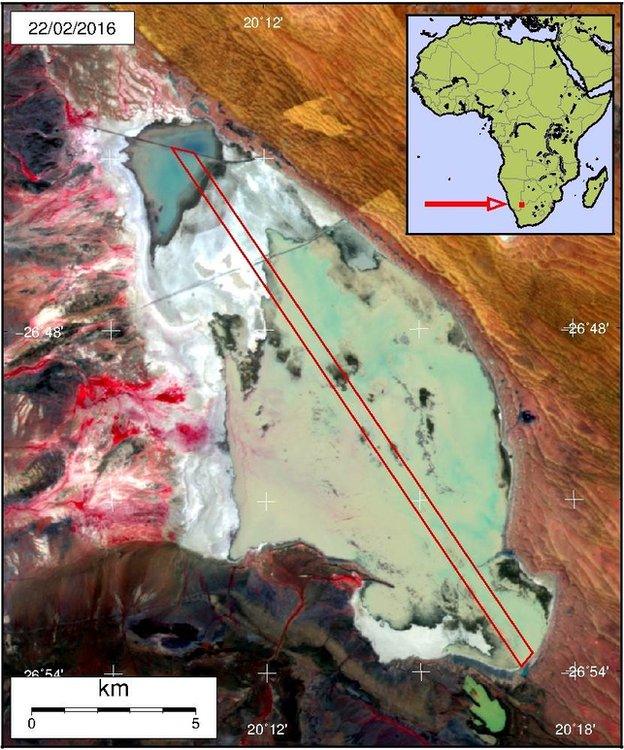
Drying out quickly
The Northern Cape (including Hakskeen Pan) has just had its biggest rainfall for several years.
The whole surface of the Pan has flooded completely, with only the rocky "islands" of stone debris sticking out of the thin covering of water.
Since then, the water has started to dry out and, as of late February, the surface is about half-flooded.
Of course, the only way that we can see this is thanks to DMCii, as the surface is still too wet to drive on.
This huge flood is very good news for our track surface.
After the truly epic stone clearing effort by the Northern Cape team, external, the surface will recover and improve with each rainy season.
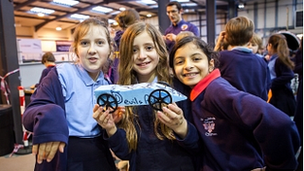
Making "FANTASTIC" rocket cars
It's frustrating that we won't get to the desert this year, but the delay means that the surface will be even better when we do get there.
We've got some really good discussions going with potential sponsors, and we'll hopefully have some good news to announce in the not too distant future.
Like every other part of a Land Speed Record, the fundraising takes time: if this was easy, everyone would be doing it.
The other advantage of more time to prepare is the chance to develop our education programme further.
We're busy getting the model rocket car competition rolled out to all 150 of the Bloodhound hubs across the UK, so if you haven't built your own "record car" yet, you can soon.
To quote one of the teachers that came to see us recently, external from St John's Primary School in Bristol: "What a FANTASTIC day we have all had! Everyone came back to school buzzing - both children and adults!"
One of the highlights of my visit to Surrey Satellites was meeting Chris Hamar, who is head of nano-satellite engineering and is currently building a satellite the size of a four-litre milk carton.
Chris studied engineering at Swansea University, which he chose because Swansea was famous for designing Thrust SSC, the fastest car in the world.
The only difference between then and now is one of scale.
Instead of reaching a few young engineers like Chris, we're now reaching millions through Bloodhound's global education programme. As Project Bloodhound continues to develop its "Engineering Adventure", every day gives us a chance to inspire another group of young people with the magic of science and technology.
- Published3 February 2016
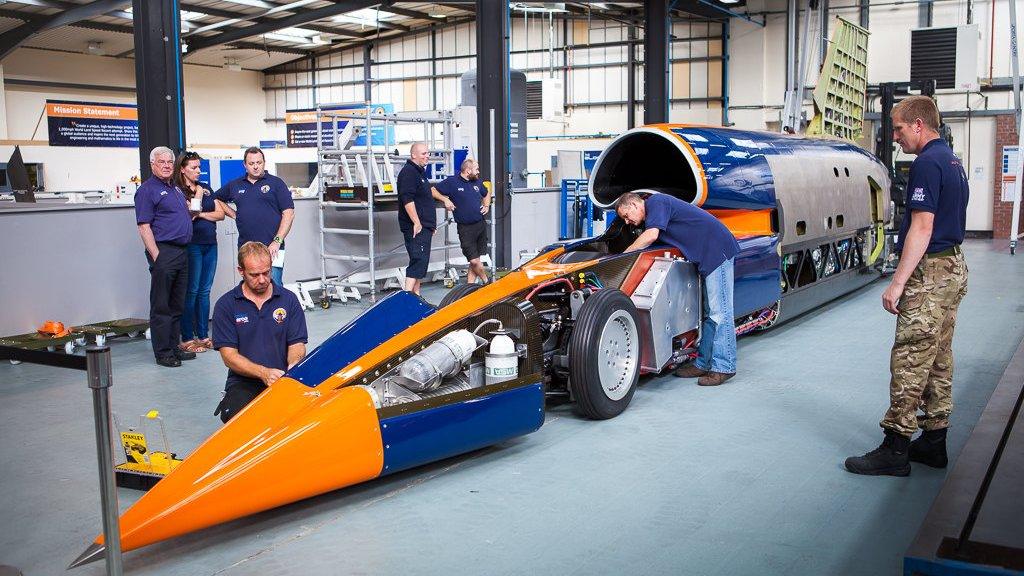
- Published31 January 2016
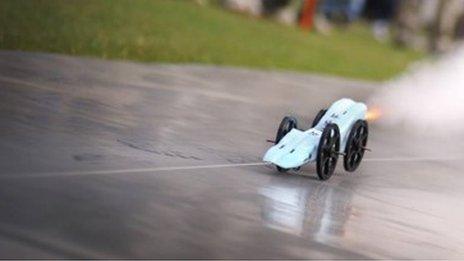
- Published4 December 2015
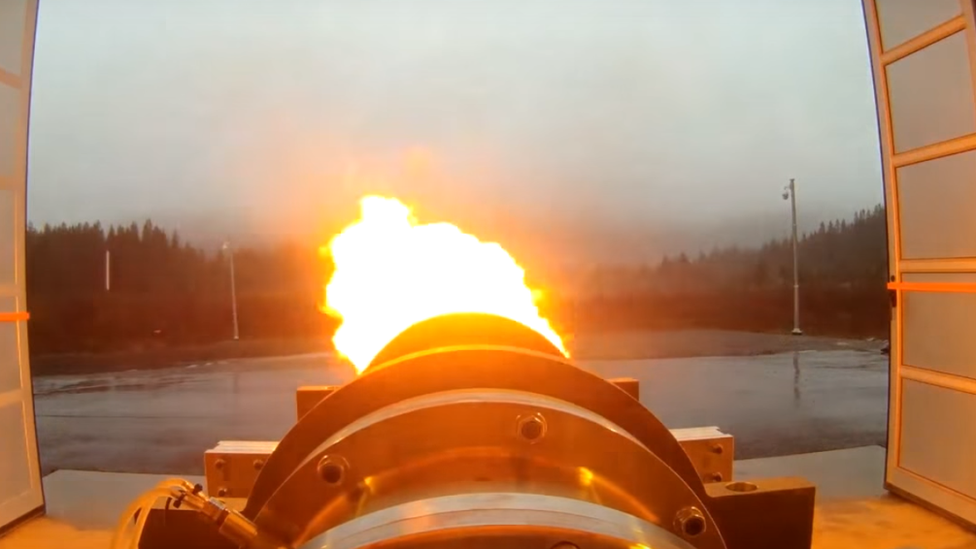
- Published16 November 2015
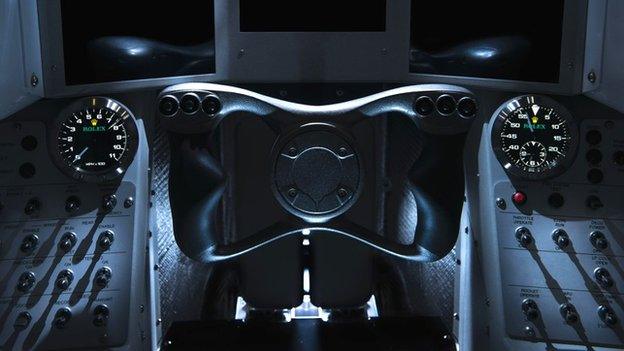
- Published24 September 2015
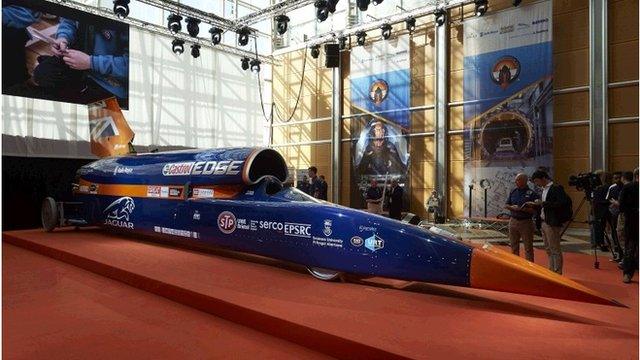
- Published23 September 2015
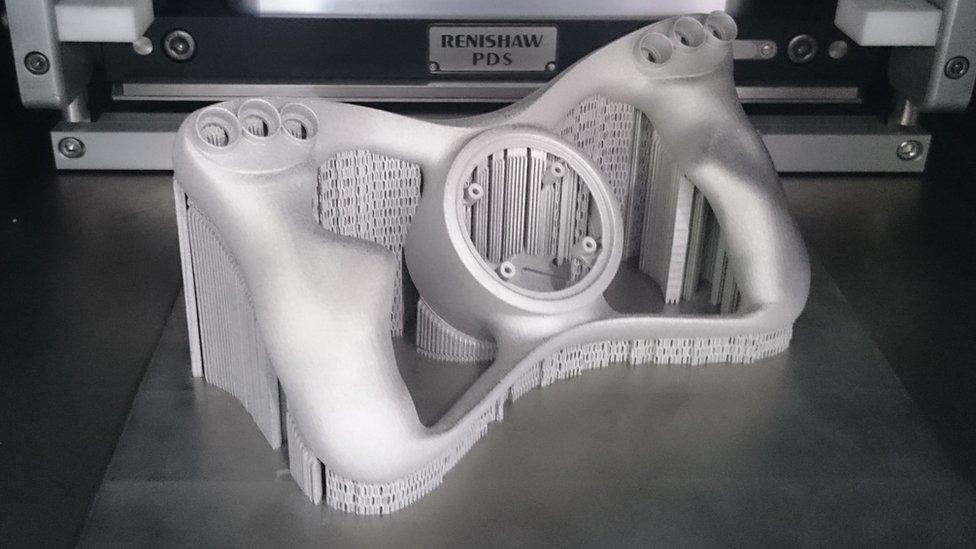
- Published14 September 2015
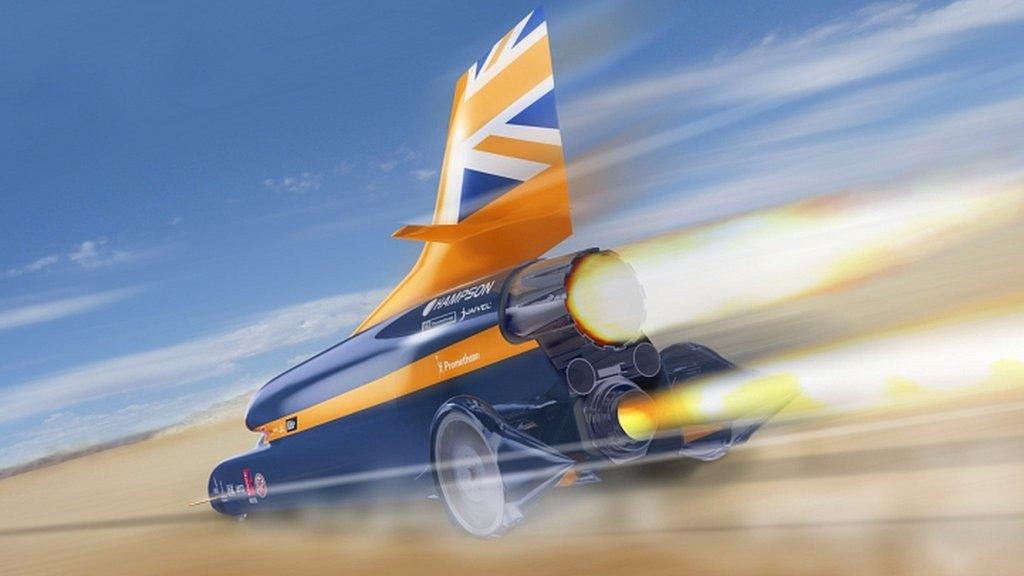
- Published25 July 2015
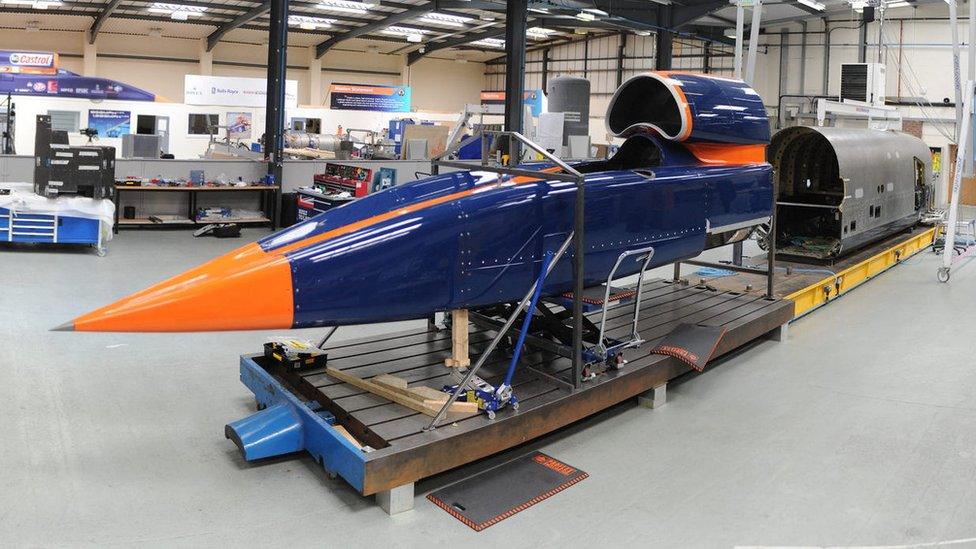
- Published7 July 2015
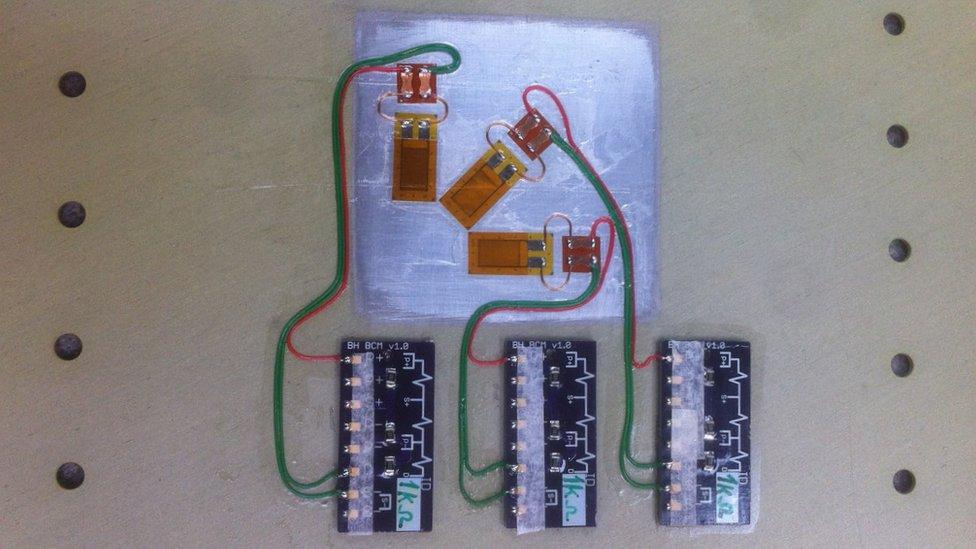
- Published12 June 2015
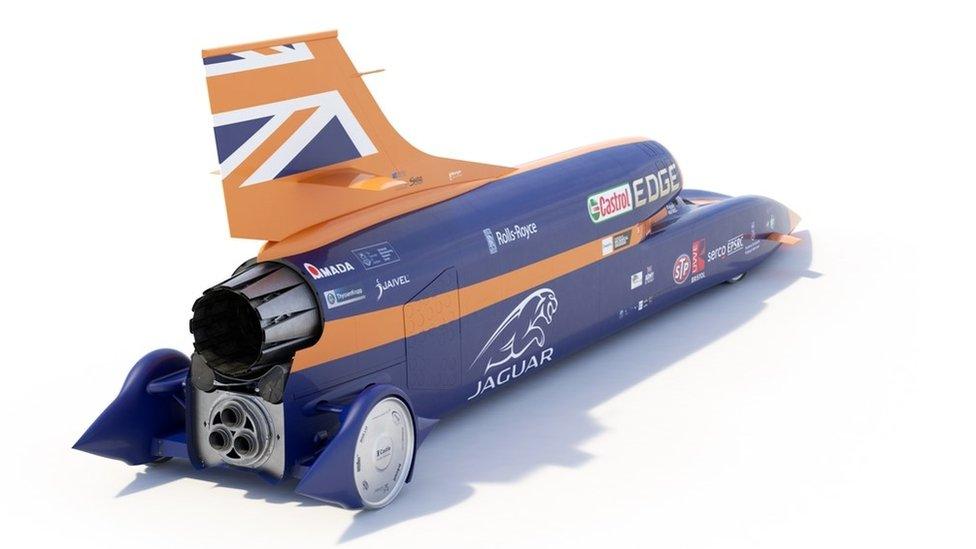
- Published10 June 2015